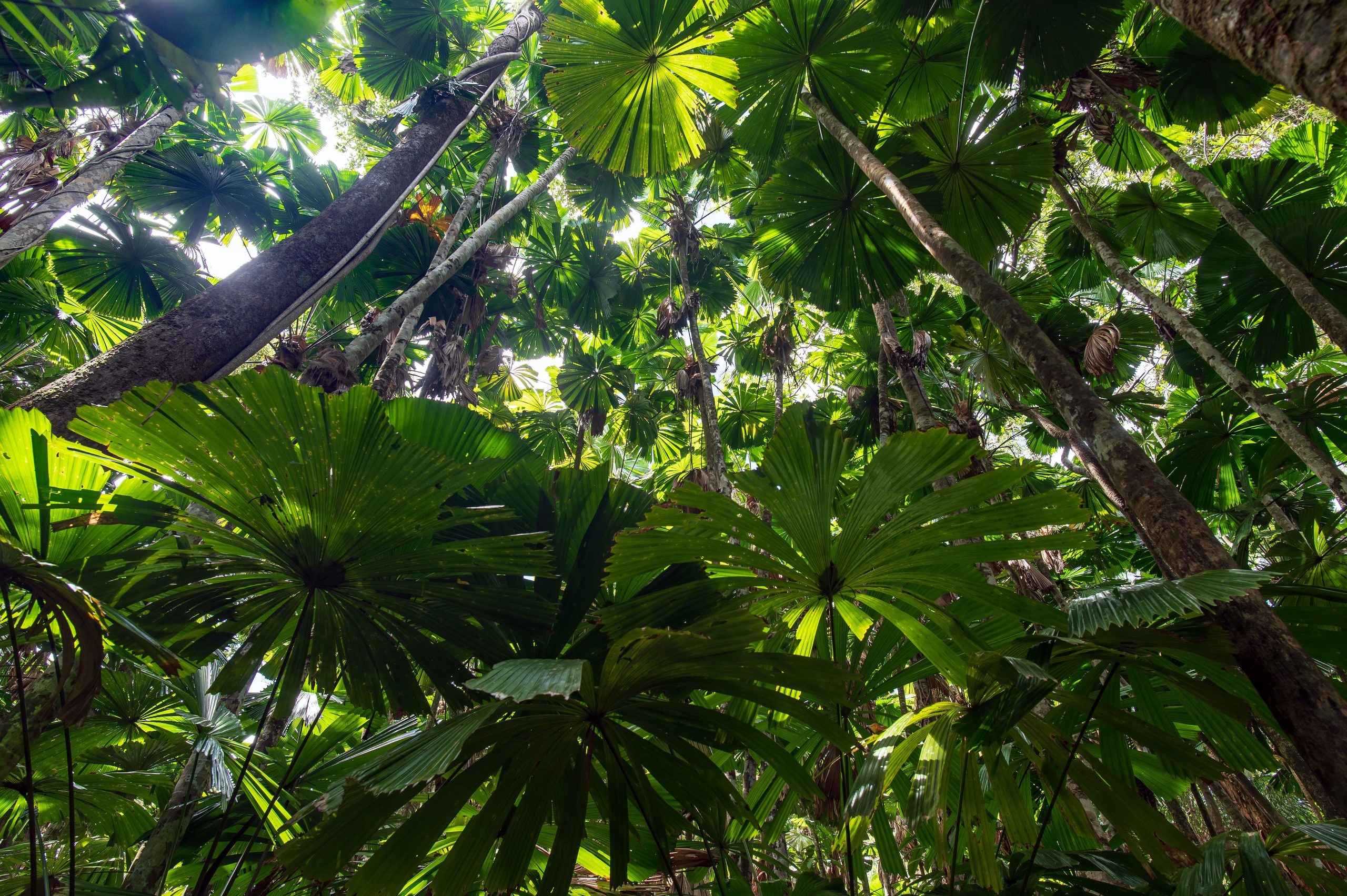In a historic deal, Australia’s Daintree has been returned to its Aboriginal custodians. The world’s oldest tropical rainforest and a Unesco World Heritage site is more than 180 million years old and has been home to generations of Aboriginal people. The Queensland’s state government will now be managing the national park with the Eastern Kuku Yalanji people.
The Daintree is one of Australia’s top tourism destinations bordering the Great Barrier Reef. The site is lush with forest vistas, wild rivers, waterfalls, gorges and white sandy beaches and is popularly known for its ancient ecosystem.
Also Read | Why Assam is burning 2,500 rhinoceros horns on World Rhino Day
In the deal, Cedar Bay (Ngalba Bulal), Black Mountain (Kalkajaka) and Hope Islands are also included.
This was followed by the Queensland government recognising “one of the world’s oldest living cultures”, as they handed formal ownership to the Eastern Kuku Yalanji.
“This agreement recognises their right to own and manage their Country, to protect their culture, and to share it with visitors as they become leaders in the tourism industry,” said Environment Minister Meaghan Scanlon in a statement.
Also Read | In pics| Damage caused by 5.9 magnitude earthquake in Australia
“The Eastern Kuku Yalanji people wished to eventually solely manage the forests and other wet tropics regions,” said negotiator Chrissy Grant.
“Bama [people] across the wet tropics have consistently lived within the rainforest. That in itself is something that is pretty unique to the world heritage listing,” she told Guardian Australia.
The Daintree made it to the World Heritage listing in 1988, after a campaign in Canberra against logging and agricultural clearing.
The Daintree used to contain relics of the great Gondwanan forests before Australia and parts of Antarctica split up 50 to 100 million years ago.
As such, the rainforest “presents an unparalleled record of the ecological and evolutionary processes that shaped the flora and fauna of Australia”, says Unesco.
“Its living flora, with the highest concentration of primitive, archaic and relict taxa known, is the closest modern-day counterpart for Gondwanan forests,” said the UN body.







